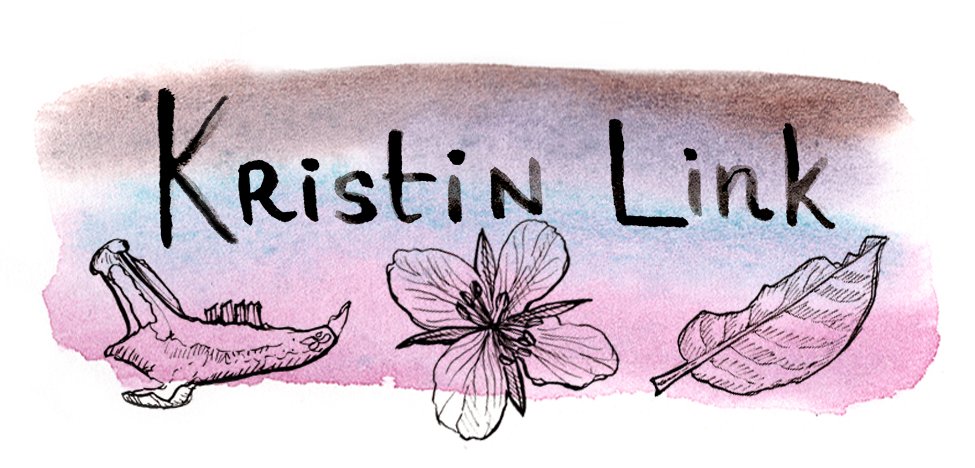Variation and repetition in nature is interesting to me. The theme has an appealing aesthetic, but more importantly it also leads to interesting questions.
For example if I consider all the aspen leaves during peak foliage, I notice that they are a similar shape and size, and some variation of yellow, orange, red, and green. I am most interested in color: all of these leaves have fallen off the tree so they are undergoing the same process of the tree shutting down the process of using chlorophyll to produce energy. But why are they different colors? After making a collection of interesting looking leaves and putting this drawing together I decided to do some research.
Different colors represent different chemicals present in the leaves:
Close up of the key in the drawing above
- green = chlorophyll, which is used to make carbohydrates, or food, for the tree.
- yellow = xanthophyll, a pigment which is usually present but not visible with chlorophyll
- orange = caratenoid, like xanthophyll this chemical is present but not visible when the leaves are green.
- red = anthocyanin, is produced by the presence of glucose and sap in the leaves
- brown = tannin, is left over as the leaves decay
As fall comes, days shorten and temperatures cool, the tree stops producing chlorophyll and slowly shuts down the flow of fluids between the leaves and the tree through its veins. A layer of cork cells form in the leaf's stem so that they eventually break and fall off the tree. Most of the leaves on the ground are yellow because the chlorophyll has been removed, though sometimes there is green or red visible, especially between the veins because chlorophyll or glucose got trapped in the leaf before it fell. The brown spots are the tannins and cell walls that show as the leaves decay and the other chemicals are gone.
This drawing and these photos are from several weeks ago. Fall in McCarthy, Alaska is now long gone; the leaves are down and the ground is white. In fact it was about 0 degrees this morning.


